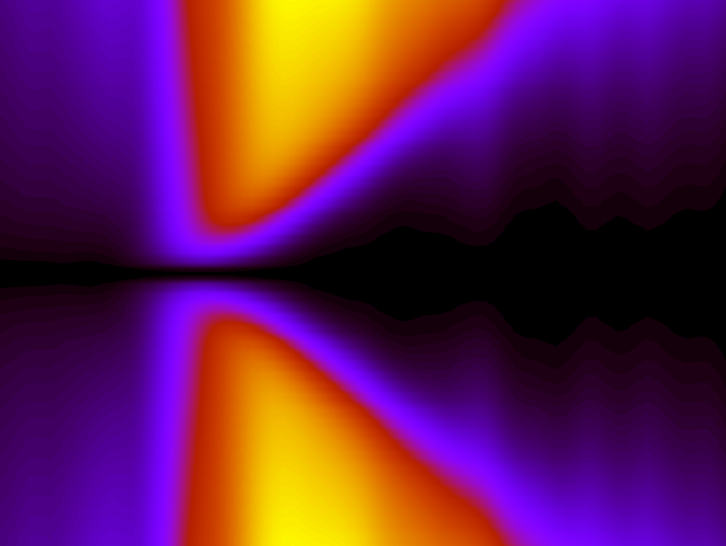Electrocaloric materials display phase transitions that could be exploited for cooling. However, cooling cycles have assumed the use of straight legs, which unrealistically assume peak performance. Consequently, performance and efficiency have not been accurately parameterized or optimized.
Our paper corrects this anomaly for Pb0.5Sc0.5TaO3 (PST). Above the ferroelectric Curie temperature, this ceramic material displays large thermal changes in response to changes of electric field.
By obtaining electrical polarization data at nearby temperatures, and measuring heat capacity, we constructed high-resolution thermodynamic maps that relate entropy, temperature and electric field. From these maps, we were able to evaluate the performance and efficiency of realistic cooling cycles.
The construction of realistic cycles permitted us to solve a long-standing problem when using any type of caloric material to establish well separated sink and load temperatures in heat pumps. We show that a net transfer of heat between the material and the fluid column of the heat pump is avoided by varying the driving field when the fluid flows past the material.
In future, all caloric materials should be compared and exploited using high-resolution thermodynamic maps.
Figure caption: the temperature change in PST is plotted in colour. The horizontal axis depicts starting temperature. The upper (lower) half of the vertical axis depicts positive (negative) electric field. The ‘teeth’ bite at the Curie temperature, and were constructed in the very week that biting teeth made headlines at the 2014 World Cup.
S. Crossley, B. Nair, R. W. Whatmore, X. Moya and N. D. Mathur, “Electrocaloric cooling cycles in lead scandium tantalate with true regeneration via field variation”, PRX 9, 041002 (2019)

